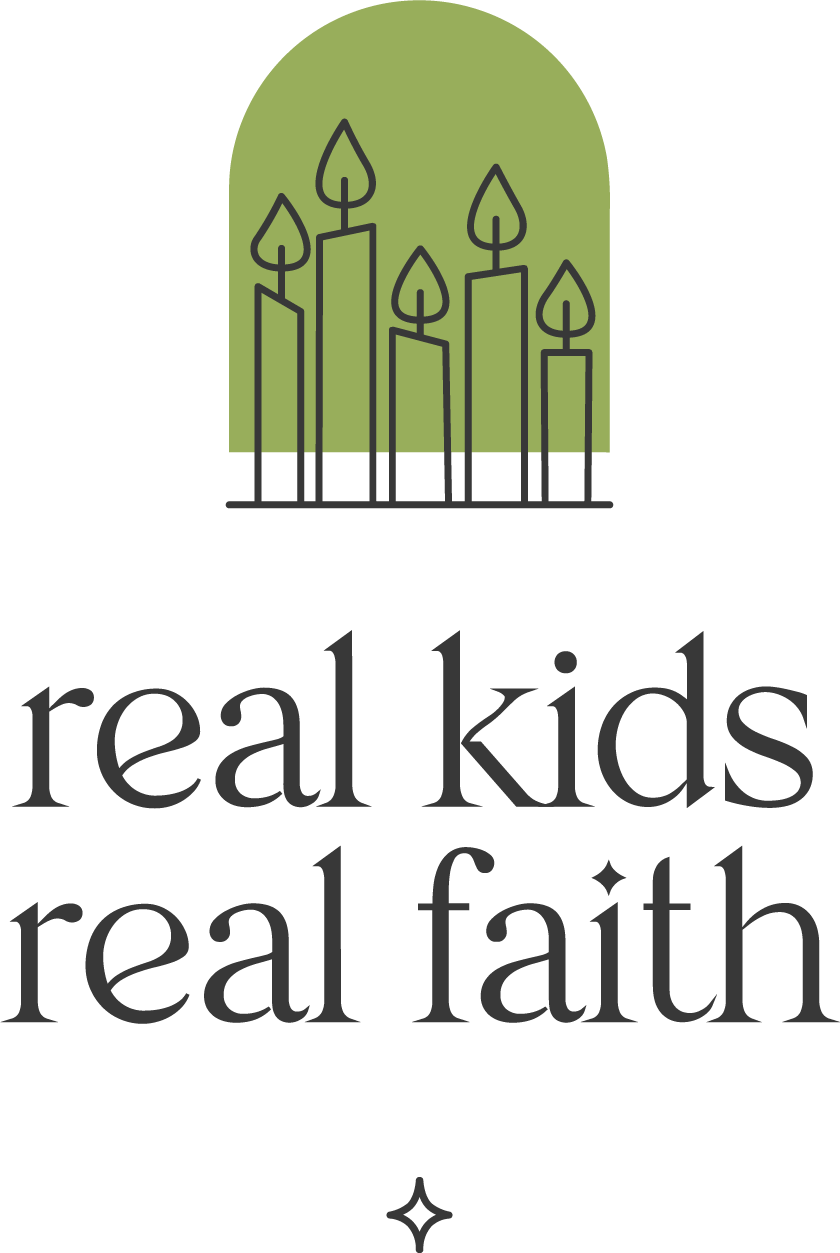Self-awareness and emotional regulation are spiritual skills that every child needs. Research shows that art activities can be powerful tools for supporting these skills. They create a safe space in which children can express how they are feeling. They also can provide comfort by helping a child identify and process emotions that threaten to overwhelm them.
Linda Chapman, an art therapist, has found that art promotes self-discovery. Many children experience artistic expression as life affirming. For those experiencing trauma, it can reignite hope. And the act of creating both abstract and realistic art can calm a child’s nervous system enough to lower anxiety.
The next time you are caring for or working with children who are anxious, try one or more of these art activities to help them express themselves and reduce stress:
Let Your Colors Speak. Provide children with a sheet of paper and several different colored crayons, markers, colored pencils, or pastels. Invite them to fill the paper with lines and blocks of color in a variety of hues. Encourage them to keep their drawing abstract and to think about the different emotions they are feeling as they spread color across the sheet. Then ask: Which color is worried? Angry? Sad? Frustrated? Annoyed? Stressed? Invite them to name any other emotions represented by their colors. Finally, ask: What title would you give your drawing? Providing a name for their art also provides a name for their experience, which is an early step in understanding and managing strong emotions. [This activity can also be done electronically using a drawing/paint program.]
Favorite Place Map. Invite children to draw a map to a real or imagined place where they feel safe and comfortable. They can use a drawing software or paper and colors to create their landscape, roads or paths, and anything else they want to mark their route. Once their map is done, ask: In this place, what feels calming? What sights, smells, sounds, and colors soothe you? If you imagine people in this space, who are they and how do they care for you? Tell children that they can choose to go to this place in their minds when they feel stressed or anxious. You might even suggest that they save their map somewhere and use it as a reminder of their way to a calming place.
Heart Colors. Invite children to draw an outline of a large heart on a piece of paper or in a drawing program. Then ask them to pick a color that represents an emotion they are feeling and use it to fill in part of the space inside the heart. They might use textures or patterns to further communicate the depth of their emotion. Repeat the exercise two or three more times, inviting children to add new colors representing other emotions within their heart. Then encourage them to share their heart drawings with you, another trusted adult, or (if in a group) their peers.

Comments